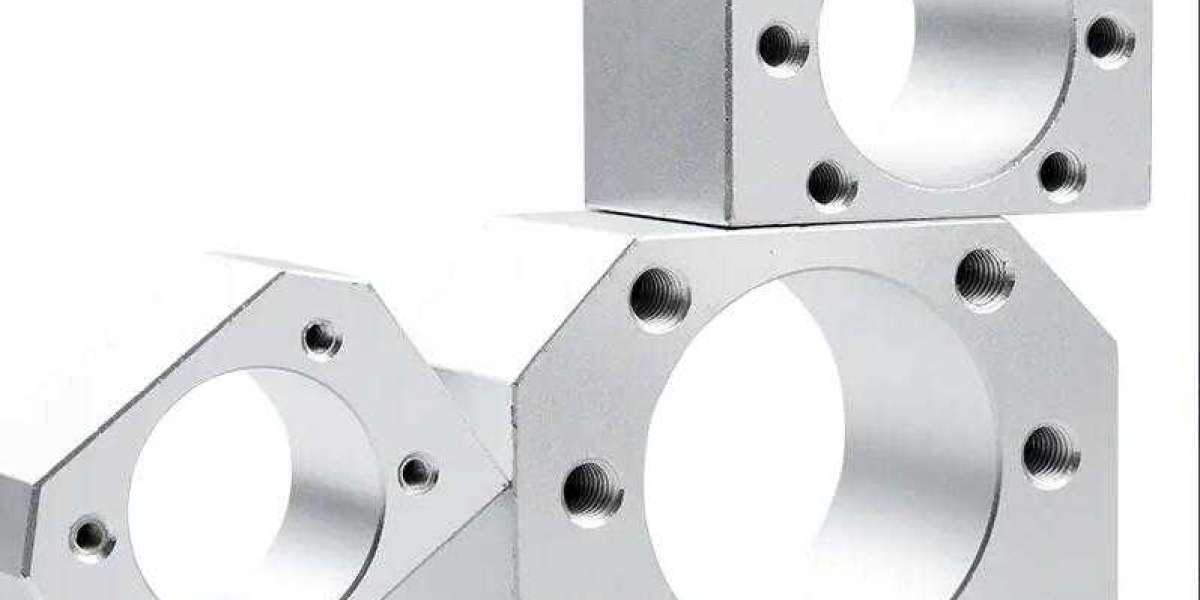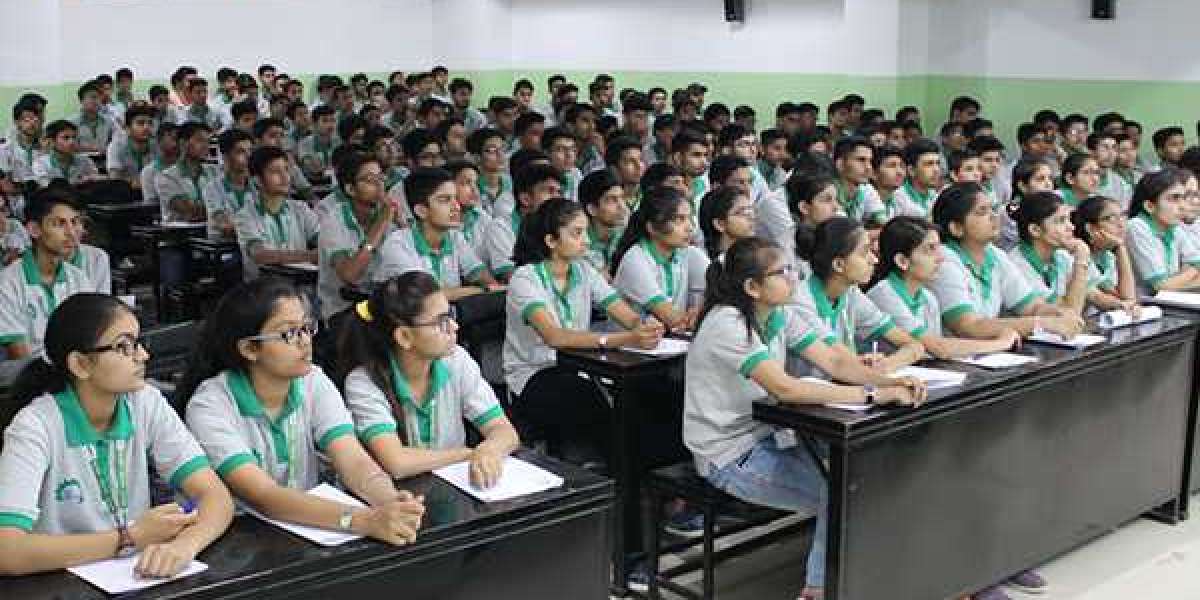Recent advancements in linear bearing unit technology have focused on enhancing performance, reliability, and efficiency across various industries. One notable innovation is the development of self-lubricating bearings that reduce maintenance requirements and extend operational life.
Manufacturers are also integrating advanced materials such as ceramic and composite polymers into linear bearing units to improve durability and resistance to corrosion. These materials offer superior performance in challenging environments where traditional bearings may fail.
Another trend is the miniaturization of linear bearing units to meet the demands of compact and lightweight applications in electronics, medical devices, and aerospace. These miniature units maintain high precision and load capacity while occupying minimal space.
In terms of automation, smart linear bearing units equipped with sensors and actuators enable real-time monitoring of performance metrics such as temperature, vibration, and load. This data facilitates predictive maintenance strategies, reducing downtime and enhancing overall equipment effectiveness.
Furthermore, advancements in manufacturing processes, such as precision machining and 3D printing, have enabled the production of custom-designed linear bearing units tailored to specific application requirements. This customization allows engineers to optimize performance and efficiency based on factors like load capacity, speed, and environmental conditions.
Looking ahead, the integration of artificial intelligence and machine learning algorithms holds promise for further improving the performance and predictive capabilities of linear bearing units. These technologies can analyze operational data in real time, optimizing parameters for enhanced efficiency and reliability.
In conclusion, ongoing technological advancements continue to drive innovation in linear bearing unit design, resulting in more robust, efficient, and adaptable solutions for a wide range of industrial and commercial applications.








